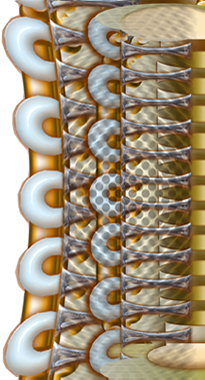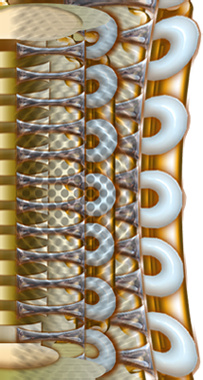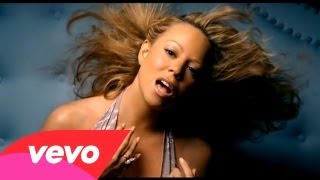| You are not logged in. | login to customize your own personal play list |
“We Belong Together” by Mariah Carey |
| United States Federal Trade Commission forbids anyone under 13 from viewing these music videos! I want another random song. |
| You are not logged in. | login to customize your own personal play list |
“We Belong Together” by Mariah Carey |
| United States Federal Trade Commission forbids anyone under 13 from viewing these music videos! I want another random song. |
 |
 |
 |
 |
 |
|
 |
   |
 |
song info “We Belong Together” by Mariah Carey (official video) is an R&B song. Song Title: We Belong Together (official video)Artist: Mariah Carey Album: Emancipation of Mimi [Japan Platinum Edition] Genre: R&B, adult pop, easy listening Released: 2005 Label: Island Def Jam Music Group Number of listens: 22757 link to the static song information page for this song:
|
||
This music player is available as open source code. Everyone can build their own personal free and legal music player. This source code is free for any legal non-commercial and/or non-profit and/or educational and/or private purpose. This open source player is courtesy of This Side of Sanity (ThisSideofSanity.com) and OSdata (OSdata.com).
Build your own player. Avoid the hassles and fees of commercial music services. Let there be a million free and independent music players on the web. Strongly suggest building players dedicated to specific kinds of music. Notify me of the location (URL) and specialties of your custom player.
Proverb:Goddess is a great eye. She sees everything in the world. —Balanda Proverb |

Green Orange archive
totals
michaelm
Enjoy the This Side of Sanity website Twitter feed.
Enjoy the This Side of Sanity Twitter feed.

If you spot an error in fact, grammar, syntax, or spelling, or a broken link, or have additional information, commentary, or constructive criticism, please contact Milo at PO Box 5237, Balboa Island, Calif, 92662, USA.
Copyright © 2011, 2012, 2013 Milo. All rights reserved. Todos Derechos Reservados. The copyrights on all source code and the data base belong to Milo and are used on this web site by permission.